Remarketing and Retargeting Strategy in 2025: Staying Relevant in a Privacy-First World
In the world of digital marketing, remarketing and retargeting have long been powerful tools for bringing back lost visitors, increasing conversions, and boosting brand recall. But as we enter 2025, the rules of the game are...




